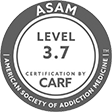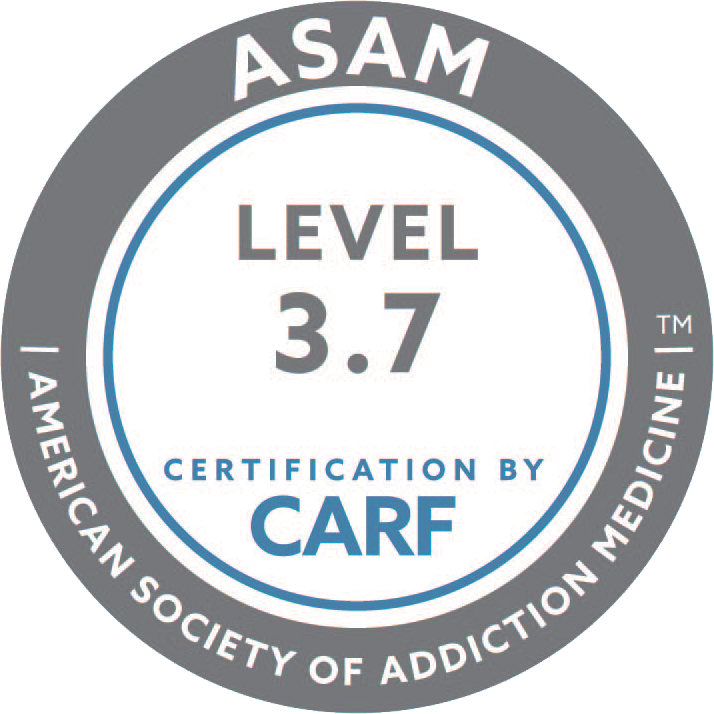Are you or a loved one struggling with drug addiction and in need of residential treatment? The cost of residential treatment can be a major concern when seeking help, especially in a city like Los Angeles where the cost of living is high. However, the benefits of residential treatment for drug rehab in Los Angeles far outweigh the financial investment. In this article, we will explore the cost of residential treatment and why it is a highly effective form of drug treatment. Whether you are looking for options for yourself or someone else, understanding the cost and value of residential treatment can help make the decision to seek help easier.
Drug addiction is a serious issue that affects many individuals and their loved ones. For those living in Los Angeles, finding help for drug rehab can be overwhelming. Not only do they need to find the right treatment program, but they also need to consider the cost. This article will cover all you need to know about the cost of residential treatment for drug rehab in Los Angeles.
Firstly, it is important to understand that the cost of residential treatment for drug rehab in Los Angeles varies depending on several factors such as the type of treatment, length of stay, and amenities offered. Inpatient rehab programs, where patients reside at the treatment center, tend to be more expensive than outpatient programs. However, they also offer a higher level of care and support.
Detox programs, which help individuals safely withdraw from drugs, may be included in the overall cost or charged separately. These programs can range from a few hundred dollars to thousands of dollars depending on the severity of addiction and length of stay.
Another factor to consider is ongoing support through therapy and support groups, which can also add to the overall cost. These services are crucial for maintaining sobriety and preventing relapse. The cost of therapy sessions can vary depending on the type of therapy and the frequency of sessions.
When considering the cost of residential treatment for drug rehab in Los Angeles, it is important to also look at the long-term benefits. While it may seem expensive upfront, investing in a high-quality treatment program can lead to better outcomes and reduce the risk of future relapse.
In addition to these factors, insurance coverage can also play a role in the cost of residential treatment for drug rehab in Los Angeles. Many insurance plans offer coverage for substance abuse treatment, but the amount covered may vary. It is important to check with your insurance provider to understand your coverage and any potential out-of-pocket costs.
Ultimately, the cost of residential treatment for drug rehab in Los Angeles can range from a few thousand dollars to tens of thousands of dollars. It is crucial to carefully consider your options and choose a program that meets your individual needs and budget. Remember, the cost of treatment is an investment in your health and well-being, and the benefits of recovery are priceless.
Understanding Different Types of Treatment
When it comes to finding help for drug rehab in Los Angeles, it’s important to understand the different types of treatment available. This will allow individuals and their loved ones to make an informed decision and choose the best option for their specific needs.
Ongoing Support Costs
After completing a residential treatment program, ongoing support is crucial in maintaining sobriety and preventing relapse. This continued care often includes therapy sessions and participation in support groups. These ongoing support costs are an important aspect to consider when calculating the total cost of residential treatment for drug rehab in Los Angeles.
Therapy sessions can vary in cost depending on the type of therapy and the frequency of sessions. Some common types of therapy used in drug rehab include cognitive-behavioral therapy, group therapy, and family therapy. These sessions can cost anywhere from $50 to $200 per session. While this may seem like a large expense, the benefits of continued therapy can greatly outweigh the cost.
In addition to therapy, participation in support groups is also an essential part of ongoing support. Support groups provide a safe and understanding environment for individuals to share their experiences and struggles with others who are going through similar challenges. Some support groups, such as Alcoholics Anonymous and Narcotics Anonymous, are free to attend while others may have a small fee.
The cost of ongoing support through therapy and support groups should not be overlooked when considering the overall cost of residential treatment for drug rehab in Los Angeles. These services play a crucial role in maintaining long-term sobriety and should be factored into any budget for drug treatment.
The Cost of Detox Programs
When it comes to seeking treatment for drug addiction, one of the first steps is often detoxification. This process helps individuals safely and effectively rid their bodies of harmful substances and prepare for ongoing therapy and recovery. However, the cost of detox programs can vary greatly depending on a number of factors.
One of the main factors that can affect the cost of detox programs is the length of the program. While some detox programs may only last a few days, others can last up to several weeks. The longer the program, the higher the cost may be.
Another factor that can impact the cost is the type of detox program. Inpatient detox programs, where individuals stay at a facility for 24-hour care, tend to be more expensive than outpatient programs where individuals attend treatment during the day and return home at night. Additionally, luxury detox programs with additional amenities and services may also come with a higher price tag.
The location of the detox program can also play a role in the overall cost. For example, detox programs in major cities like Los Angeles may be more expensive than those in smaller towns or rural areas.
Lastly, the severity of an individual’s addiction can also affect the cost of detox programs. More severe addictions may require more intensive treatment and medical care, which can increase the overall cost.
It’s important to research and compare different detox programs to find one that fits both your needs and budget. Many treatment facilities offer financial assistance or payment plans to help make detox programs more affordable for those in need.
Inpatient vs. Outpatient Rehab
When it comes to drug rehab, there are two main types of programs available: inpatient and outpatient rehab. These programs differ in their approach and level of care, and they also vary in cost. It is important to understand the differences between these two options before making a decision on which one is right for you or your loved one.
Inpatient Rehab
Inpatient rehab, also known as residential treatment, involves living at a treatment facility for a specified period of time. This type of program provides 24/7 care and support for individuals struggling with drug addiction. Inpatient rehab typically includes therapy sessions, support groups, and other activities to help individuals overcome their addiction.
Due to the round-the-clock care and intensive treatment provided, inpatient rehab tends to be more expensive than outpatient rehab. The cost can range from $6,000 to $20,000 per month, depending on the location and amenities offered.
Outpatient Rehab
Outpatient rehab allows individuals to live at home while attending treatment sessions during the day. This type of program is less intensive than inpatient rehab and may include individual therapy, group therapy, and other forms of support. Outpatient rehab is often a more affordable option compared to inpatient rehab, with costs ranging from $3,000 to $10,000 per month.
However, it is important to note that outpatient rehab may not provide the same level of support and structure as inpatient rehab. This can make it more challenging for individuals to stay sober and complete their treatment successfully.
Impact on Cost
The main difference between inpatient and outpatient rehab is the level of care and support provided. Inpatient rehab offers a more structured and intensive approach, while outpatient rehab allows individuals to continue with their daily lives while attending treatment sessions. As a result, inpatient rehab tends to be more expensive due to the higher level of care and support provided.
It is also worth considering that the cost of rehab may vary depending on the location and amenities offered by each facility. For example, a luxury inpatient rehab center may have higher costs compared to a standard inpatient rehab center.
Ultimately, the decision between inpatient and outpatient rehab will depend on the individual’s needs and financial situation. It is important to carefully consider all factors before choosing the right treatment program for drug rehab in Los Angeles.
The cost of residential treatment for drug rehab in Los Angeles can be a significant investment, but it is one that can greatly impact an individual’s life for the better. It is crucial to carefully research and consider all options to find the best program that fits both your needs and budget.
Dr. Blair Steel is a licensed clinical psychologist working in the field for twelve years. She went to college in New York City before moving to Southern California and completing her graduate work. She has worked in various roles in treatment, including being a therapist, group facilitator, working in administration, and writing curriculum. Dr. Blair Steel is passionate about addiction and individual and family therapy and continues to love her work in both private practice and treatment centers.










